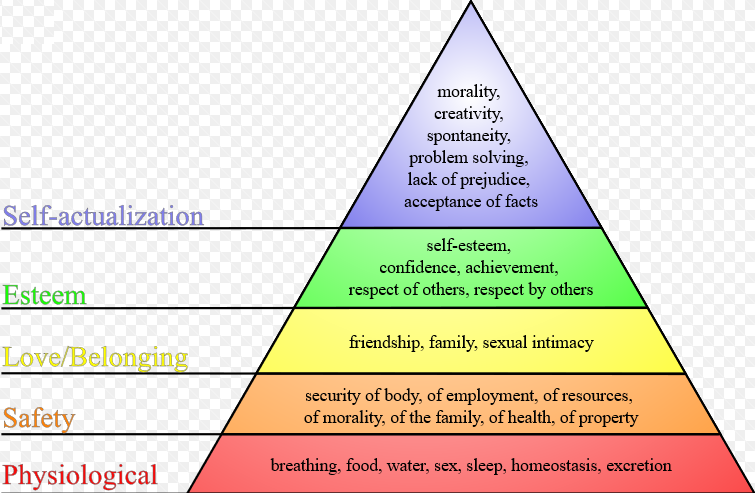
Discover what motivates people to give.
In the non-profit world, Maslow's Hierarchy of Needs (a theory on human motivation) is often referenced when considering philanthropy or why people give. So, how does his theory apply to your school's fundraising efforts?
Isn't raising money for a school as simple as selling excellent products? Possibly. Then again, maybe not.
Don't get us wrong; we have plenty of great products and prize programs you can jump to right now. But let's go a step further. Understanding what motivates people to give could help expand your fundraising efforts.
Maslow and his hierarchy
So, who's this Maslow guy, and what's his Hierarchy of Needs all about?
Abraham Maslow was born in 1908 to Russian Immigrant parents. The oldest of seven children, he often felt lonely and spent much time reading and studying the world around him.
An interest in psychology led him to develop his theories about human behavior. Unlike the more popular psychologists and behaviorists at the time–– who concentrated on the negative aspects of life––Maslow focused on how a person could take full advantage of their creativity and full potential.
The theory.
A pyramid represents Maslow's theory. It categorizes the needs that motivate a person to act. The theory is that each level of needs must be met before a person can focus on the next level. For example, a person's Physiological or basic needs for food, shelter, and sleep must be satisfied before they can focus on Safety. Once those levels are fulfilled, the person can focus on Love, Belonging, and Esteem. At the top of the pyramid is Self-actualization, which Maslow believed is the unique individual human ideal.

Self-actualization can be described as:
noun
- the realization or fulfillment of one's talents and potentialities is considered a drive or need present in everyone.
So, how does this apply to your fundraising ideas and efforts?
By that definition, self-actualized people are interested in personal growth and fulfilling their potential. Along the way to reaching this ideal are the states of Love, belonging, and Esteem. And remember, those must be met before attaining self-realization.
So, here's the connection: giving time and resources fulfills the needs in all three levels at the top of Maslow's pyramid. Understanding how his hierarchy affects philanthropy can expand your fundraising efforts.
Author Bio
Clay Boggess has been designing fundraising programs for schools and various nonprofit organizations throughout the US since 1999. He’s helped administrators, teachers, and outside support entities such as PTAs and PTOs raise millions of dollars. Clay is an owner and partner at Big Fundraising Ideas.



